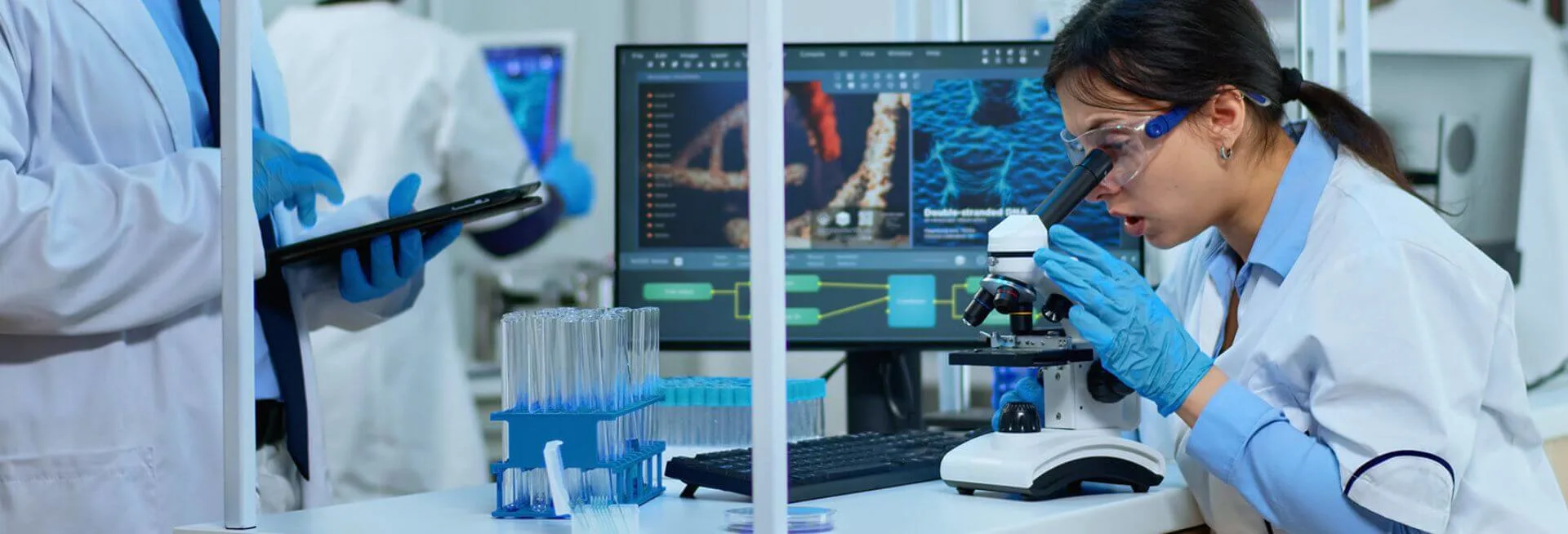Stability is “The limit to which a product or medical device retains, within the specified extent of time, or throughout its period of storage and use, i.e. termed as, its life span or self-life, the same properties and characteristics that it possessed at the time of manufacturing of product or device.”
The purpose of the Stability Studies of Medical Devices is to give information on how the quality of medical devices does not vary with time under the influence of a variety of environmental factors such as temperature and humidity.
There are internationally accepted standards for assessing Stability Studies of Medical Devices in general and also certain product specific standards based on the product type. Applicable standards have to be identified before initiating the studies.
The stability of medical devices can be demonstrated in 2 ways:
Accelerated stability of medical devices:In accelerated stability tests, a product is kept at elevated stress conditions (such as temperature, humidity, and pH) for a shorter period of time.
Real-time Stability of medical device:
In real-time stability testing, a product is kept at recommended storage conditions and tested at periodic intervals until it fails specification.







